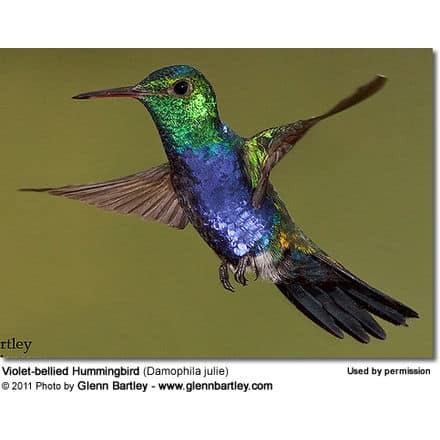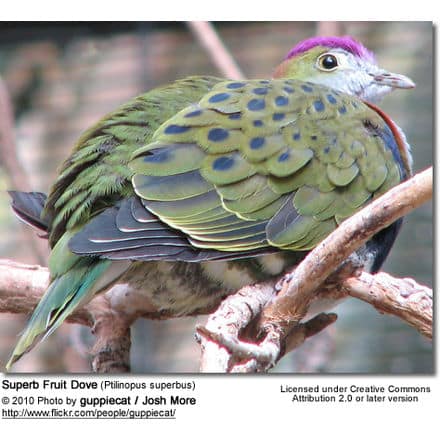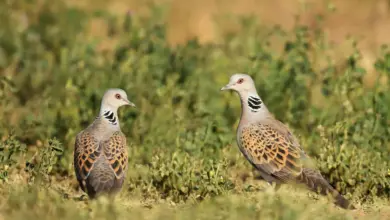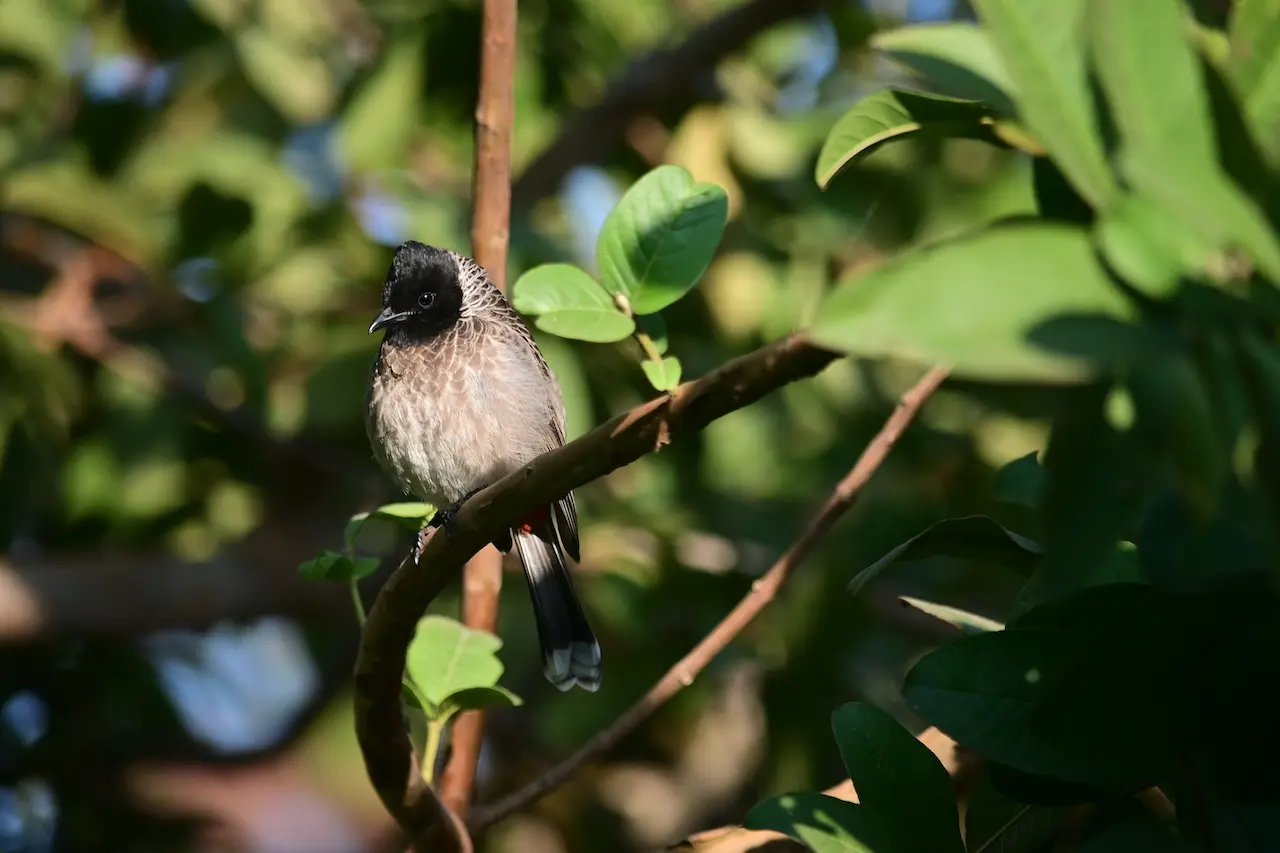Dark Eyed Junco Behavior: All You Need To Know
Do dark eyed juncos only feed off the ground? Why do they seem to appear only in the winter? We answer several questions about dark eyed junco behavior in this article.
The black-eyed junco (Junco hyemalis) is a small, sparrow-like American bird that is one of the most common forest birds on the continent.
These birds are found throughout much of the United States and Canada, and they are a common sight in gardens, parks, and other urban areas, especially during the winter.
Those of you who have bird feeders must have witnessed the snow invasion of the fluffed-up dark eyed birdies.

You will usually find them picking the fallen seeds from the ground rather than from the feeder itself.
Their seemingly sudden appearance of the dark eyed juncos in the winter earned them the nickname “Snowbirds.”
But why do we seem to see these birds only in the wintertime?
That’s just one of the many questions with intriguing answers regarding the Black-Eyed Junco’s behavior.
We tend to view common creatures as plain, bland, and rather unremarkable.
However, I promise that Black Eyed Juncos will amaze you with the diversity of their routines, rituals, and habits.
Just read on, and see for yourself.
Dark eyed Junco General Behavior
Although dark eyed juncos are forest birds, most of their life activities happen on the ground. They look for food and even nest on open forest (or edge habitat) floors.
The dark eyed juncos are also gregarious, meaning they gather in flocks. These flocks can get quite large in the winter – up to roughly 30 individuals.
Although the various subspecies of dark eyed juncos stay separated during the breeding season, they often form mixed flocks in the winter.
Also, they sometimes form combined groups with the American tree sparrows (Spizella arborea).
The dark eyed juncos mostly forage on the ground. If you disturb them, they will make a thickening alarm call and fly up to the closest bush or another shelter.

Dark-eyed Junco Movements
The first thing many people notice about juncos, in general, is their movement patterns.
They are known to hop around the ground while foraging for food and often switch between hopping and running.
These locomotion patterns were observed by the first European settlers and scientists and quickly compared to Eurasian sparrows.
That is one of the reasons why the whole junco family, Emberizidae, was sort of wrongly named “American or New World sparrows and buntings.”
In reality, although they’re evolutionarily related to the Old World Sparrows (Passeridae), they are not true “American sparrows,” despite all the superficial similarities.
Dark eyed junco movements get especially cute in the wintertime when snow cover forms.
They hop around the snow and make swift digging movements with their tiny feet – presumably to get to any leftover seeds.
This behavior, with all the snow flying around them, might have contributed to the nickname “Snowbirds” as well.
What Do Black-Eyed Juncos Eat?
Black-eyed juncos are omnivorous, meaning they eat both animal and plant matter.
The plant food consists mainly of grass and other wild seeds, such as Lamb’s quarters. Estimates are that seeds make up about 75% of their diet.
At bird feeders, they will gladly take upon millet and sunflower.
Juncos also sometimes take on the available wild berries that provide an excellent energy boost due to their sugar and vitamin content.
Their animal protein diet consists of insects and other invertebrates which juncos actively hunt. Like many songbirds, they are especially fond of caterpillars.

Do Juncos Drink Water?
Despite the fact that they can satisfy some of their hydration needs by consuming juicy insect prey such as caterpillars, all birds have to drink water.
That includes the dark eyed juncos, who will appreciate having a clean, sanitary source of fresh water in your backyard.
In the wintertime, when the water is frozen, the dark eyed juncos will eat snow instead. Snowbirds indeed!
Before they fledge, the dark eyed junco chicks satisfy their needs for water from the food provided by their parents.
Do Dark-Eyed Juncos Migrate?
Our first question will give you the answer about the nickname “snowbirds.”
Most dark-eyed juncos, and especially the slate-colored subspecies, spend most of their year (the breeding and nesting season) in mixed and coniferous forests in the north of the continent.
However, in these northern regions, winters are harsh – not particularly easy for birds to survive.
That is why most Juncos migrate either to southern locations or to lower elevations in the case of mountainous populations.
Their spring and summer habitats cannot provide enough food to sustain a large population.
While most populations are migratory, there are some on the southern Pacific Coast and in the US southwestern mountains that remain permanently in their region as resident birds.

Here are some interesting behavioral facts about the dark eyed junco migration.
Dark eyed juncos migrate in flocks of 10-30 individuals.
The males are territorial during the breeding season. That is why in some populations, they stick around at more northern latitudes even when migrating.
Each wants to stay close to their territories as possible to secure a good position at the beginning of the breeding season.
Females of these populations usually travel farther south than males.
Scientists think that this division also decreases food competition between the sexes and entitles females to feed better because of their higher reproductive burden.
After all, it takes a lot of energy to lay and then incubate eggs!
On the other hand, in wintering flocks with mixed birds (male and female), males tend to dominate both females and young birds.

Since they are not limited by their nesting habits, during the winter, dark eyed juncos get more opportunistic regarding their habitat choice and focus on food availability.
That is why they can commonly be found close to people – on old farms, in the fields, parks, and suburban gardens and backyards.
They are one of the most common birds to see at bird feeders in the wintertime.
Because they hit the (sky) road as the winter cold starts to set in, there is a belief that dark eyed juncos bring or announce the first snowfall.
That is where the nickname “Snowbirds” comes from.
Of course, juncos don’t have any special power – they just react to the cold weather and get going around the same time as the first snow appears.
Dark Eyed Junco Breeding Behavior
The dark eyed juncos’ breeding season begins in April. Like with most birds, the most complex behavior of dark eyed juncos is related to their breeding.
Are Dark Eyed Juncos Territorial?
Dark eyed junco males are most definitely territorial. Their territoriality is a part of their reproductive strategy.
The males arrive even at the breeding ground before females claim their territory. They do so by perching on the tallest tree in a 2-3 acre area which is their territory.
Then, they start singing, which is a way to announce themselves to other competitive males and potential partner females.

Dark Eyed Junco Breeding Display
The male juncos have a unique courtship display of dazzling the seemingly indifferent females.
Once he spots that a likely mate has entered his territory, the male starts following her around and “dancing.”
Most notably, he spreads his tail and moves it up and down, flashing the prominent white tail feathers.
He also spreads his wings and vocalizes by singing and chirping.
During the entire process, he usually doesn’t move further than 50 feet from the female (a bit controlling relationship behavior, isn’t it?).
If everything goes well and the male manages to impress the female with his abilities, the male and the female will form a pair.
Dark eyed juncos are monogamous, meaning they don’t change their partner during the breeding season.
Dark eyed Junco Nesting Behavior
After the birds have bonded, the female will do most of the work in the nesting process – she will build the nest, and she will be the only one to incubate the eggs.

The female-led nesting doesn’t mean that the male has it easy. He has to help with finding the nesting materials and feeding the female while she sits in the nest.
Dark eyed junco nests are usually built on the ground, hidden under plants, low branches, tree roots, logs, or other sheltering structures on the edge of a forest opening.
Sometimes, the pair will choose low branches of a shrub or a small tree as the nesting spot instead, up to 8 feet above ground level.
Nesting materials include sticks, leaves, and moss for the basic structure and soft grasses, animal hair, and again moss for the inside lining.
The parent juncos seem to like making their offspring cozy and comfortable!
How Dark eyed Juncos Behave As Parents?
Depending on the conditions, a pair of dark eyed juncos can have 1-3 broods per season. The female lays 3-6 eggs that are glossy, white, or pale-greenish and with dark spots.
She will incubate the eggs for 12-13 days while the male feeds her for the most part.
The dark eyed juncos are altricial birds, meaning that their babies hatch as bare-bodied, blind, helpless chicks that can’t fend for themselves and need full parental care.
However, they grow and mature fast – the dark eyed junco chicks fledge (leave the nest) in only about 9-13 days.

Both parents will take turns feeding the chicks, mostly with animal protein (insects and other invertebrates), regurgitated or whole.
The pair will continue to do so for another three weeks after the young fledge.
After that, the chicks will start practicing an adult junco life and will be able to have their own chicks at one year old.
How Long Do Dark eyed Juncos Live?
Scientists have assessed that the Dark Eyed Junco’s lifespan is 3-11 years. The upper limit came from a study banding study in West Virginia.
An individual was first captured and banded at the location in 1991 and then re-captured in 2001.
That particular bird is considered the oldest specimen of the dark eyed junco and was at least 11 years and four months old at the time.
However, birds in the wild rarely get to live this long.
Since juncos, like other small birds, are attractive prey to many predators, weaker older birds often live shorter due to frequent predation.

Frequently Asked Questions
How can you tell if a dark eyed junco is male or female?
In the most common subspecies, the slate-colored dark eyed junco, the male will have a gray head, chest, back, and wings (with the head sometimes darker than the rest of the body) and a bright white belly.
Females have the same color pattern but sport a pale brown wash.
What should I feed my junco?
Due to the fat content, many birds prefer to load up on sunflower seeds during the winter, so don’t save up on these.
If you have a garden, you can also plant native grasses and plants that will provide natural food for juncos during the winter.
Wild grasses of the genera Andropogon, Bouteloua, Panicum, and Sorghastrum are ideal for all sparrows and sparrow-like birds.
Do juncos only eat off the ground?
However, they also opportunistically grab insects from branches of shrubs and trees, especially when feeding chicks.
An especially interesting form of feeding is called “stem riding.”
In the autumn or winter, a junco will fly onto the grass stem and hold it tight as it bends, starting to eat once the seed is on the ground.
How can we explain why different juncos have different boldness behaviors?
Males are more courageous and aggressive than females, and older birds are more dominant than young birds.
That means that, in theory, mature males exhibit the most fearlessness and dominance in a flock.
However, individual birds are genetically different, meaning their behavioral patterns are at least partially inherited from their parents.
Bold males will likely produce bold offspring (the influence of the female’s genes also counts, whether she displays bold behavior or not), which is why this trait is evolutionary favored.
In Conclusion
Black-eyed juncos are fascinating little birds with a variety of interesting behaviors.
From their elaborate courtship displays to their vocalizations, nesting habits, and feeding behaviors, these birds are a joy to watch and observe.
I hope you have enjoyed this article; thanks for “stem riding” to the end.
If you are lucky enough to have black-eyed juncos in your area, take the time to watch and appreciate their unique behaviors and characteristics.
And if you have the opportunity, plant some native shrubs and grasses and install a bird feeder to help these little feathery darlings fully.




